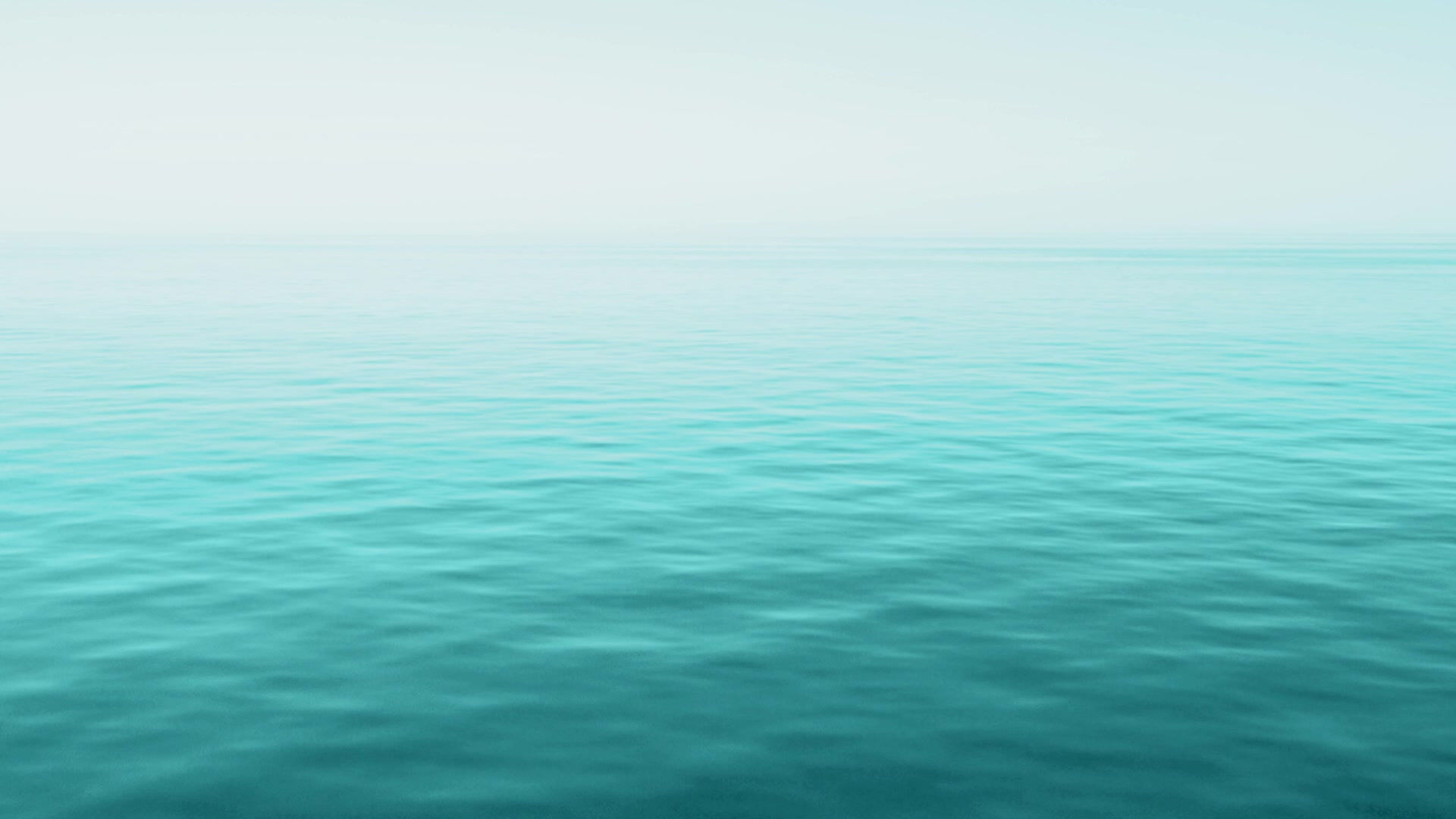Types of Water Damage: Category 1–3 and Sewage Backup
- Christian Southards
- Dec 10, 2021
- 2 min read
It probably goes without saying, but not all water damage is the same! As it turns out, there are several different types of water damage. Here, we’re explaining the differences between each so you can make an informed decision if you ever have office or residential water damage!
There Are 3 Different Types of Water Damage
There are 3 common types of water damage. Each is essentially based on the color of the water that’s causing the damage:
Category 1 or “Clear Water” damage
Category 2 or “Gray Water” damage
Category 3 or “black Water” damage
Here’s how they break down!
Category 1 Water Damage: Clear Water

Category 1 water damage is the least disastrous of the different types of water damage. This water usually comes from (relatively) clean water pipes, rainwater, or an overflowing sink, shower, or tub (hence: “clear water”).
Flood water damage repair services would be an example of cleaning up category 1 water damage.
Category 2 Water Damage: Gray Water
Category 2, or gray water, includes some kind of chemical waste, such as soaps or detergents.
However, it typically does not include any solid waste. Contaminated gray water is much more dangerous than clear water because of the abundance of harmful bacteria and other microorganisms.

Category 3 Water Damage: Black Water

Lastly, category 3 is (usually) the worst type of water damage. Distinctive because of the black or dark brown hue it takes on, this water is heavily contaminated by solid waste like sewage and poses significant and immediate health hazards for pets and people.
Category 3 water damage usually involves emergency sewage cleanup and sewage backup repair.
Is Sewage Backup Repair Always Involved?
Not necessarily. Category 1 and 2 water damage doesn’t involve sewage backup (what causes sewage backup, anyway?).
Do I Really Need Water Damage Restoration for Any Category of Water Damage?
In terms of the type of water damage, yes. Unless the water damage is isolated to a very small space (like a sink cabinet) and you know—without any doubt—that the water hasn’t spread, you should hire one of the top water damage restoration companies (ahem!) to fix the problem.
You might be asking, can’t I repair the water damage myself?
Possibly. But if you miss any step in the process, or fail to spot mold growth or extract water from whatever surface it’s affecting, you could be making the problem much worse.
Yes! Remember: Even “Clean Water” Damage Can Be Dangerous
Standing water quickly becomes dangerous so don’t assume that you can DIY it, even if it’s only a category 1 event!
Mold and waterborne bacteria can contaminate water damage and your property fast (how fast does mold grow?). The dangers of mold are serious too, especially for sensitive groups like kids or pets! Plus, water damage can adversely affect the integrity of your home or business.
Overall, it’s best to hire a pro to ensure your family’s safety.
All-Water Restoration Can Help With All Your Orange County Water Damage and Sewage Backup Needs!
We hope this article explained the different types of water damage to your satisfaction! More to the point, if you need sewage backup repair or water damage restoration in Orange County, why not give us a call for a free phone consultation!
We can arrive at most locations in Orange County (as well as Los Angeles, Riverside, and San Bernardino counties) in a couple hours or less!





Comments